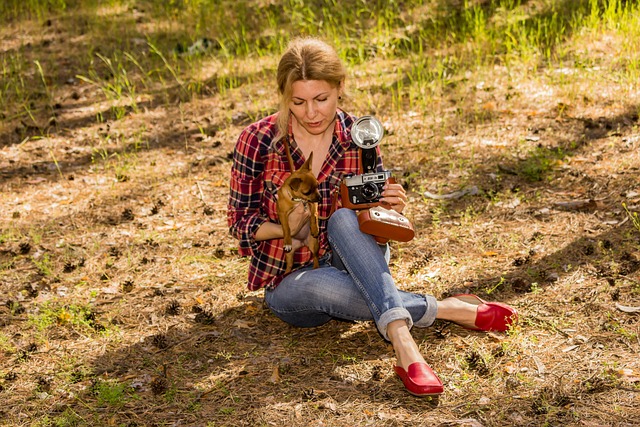Exploring Genre: A Composition Guide through the Lens of Photography
Every photograph tells a story, but the genre of the image profoundly influences how that story unfolds. Just as a painter chooses a style to convey emotions, photographers select genres that align with the subjects they capture. Understanding these genres not only enhances your photographic skills but also deepens your appreciation for the diversity and creativity within the world of photography.
The Essence of Genre
Genre in photography goes beyond mere classification; it evokes emotion and sparks curiosity. From portrait and landscape to street and wildlife photography, each genre carries with it a unique narrative voice. As photographers, recognizing these genres enables us to tailor our approach, particularly when composing an image. Whether you’re behind the lens capturing a bustling urban scene or a tranquil landscape at dawn, being aware of the genre guides your choices in optics, framing, and even lighting.
Composition Techniques by Genre
Different genres require different compositional strategies. A landscape photograph, for instance, thrives on the rule of thirds, leading lines, and foreground interest to draw the viewer into the serene beauty of nature. In contrast, a portrait genre might focus on the importance of negative space and the positioning of your subject to create a powerful connection with the audience.
- Landscape Photography: Here, the expansive vistas provide an opportunity to experiment with depth, using both foreground elements and leading lines to guide the viewer’s eye through the composition. Utilizing a wide-angle lens can also help capture the vastness, emphasizing the scale and beauty of natural surroundings.
- Portrait Photography: In portraits, the focus is on the subject’s expression and mood. Utilizing a shallow depth of field allows you to blur the background, ensuring all attention remains on your subject. Pay close attention to lighting; natural light can enhance skin tones and create beautiful highlights in the eyes, further enriching your portrait genre.
- Street Photography: This genre thrives on spontaneity. Capturing candid moments requires a quick eye and adaptive techniques. A prime lens with a fast aperture paired with an understanding of composition can help you seize fleeting interactions within urban landscapes.
- Wildlife Photography: Patience is key in this genre. Use long focal lengths to keep your distance without disturbing the subject. Also, consider the rule of odds—featuring an odd number of subjects in a frame often makes the composition more engaging.
Choosing Your Lens and Optics
Your camera and lens choices can dramatically affect how you interpret and present various genres. A macro lens can unlock a world of intricate details in nature photography, revealing beauty that goes unnoticed. Meanwhile, fisheye and wide-angle lenses can create immersive environments in landscape genres. Understanding the capabilities and limitations of your optics will enhance your technical prowess and illuminate your creative visions.
Remember, the beauty of photography lies in exploration. Each genre challenges and inspires us creatively, pushing us to refine our techniques and develop our personal style. As you delve into the diverse world of photography genres, embrace the journey and let your camera guide you in capturing the stories that resonate within you.



